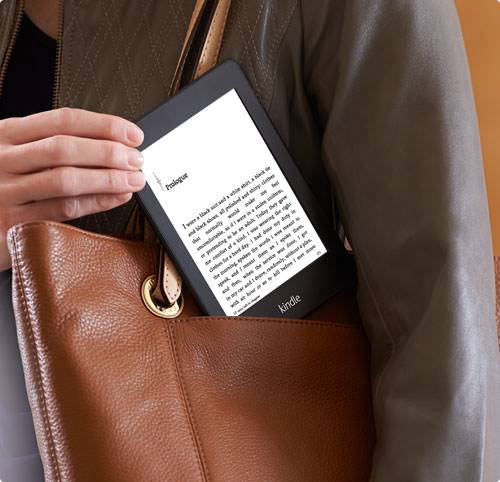
ReadWriteTrip is a series that chronicles the modern challenges of tech-savvy business travelers.
Business travel has evolved over the past 10 years, and nowhere is this more true than what goes in your luggage. In fact, just about the only thing you can really count on getting better in business travel is what you carry in your bag.
Over the last decade, I’ve traveled a minimum of 125,000 miles each year and have learned a few tricks to making life on the road a bit more like home.
You Need One Bag—At Most Two
Some things never change. When traveling, you need to optimize for space and weight. If you spend as much time in airports as I do, or even if you simply don’t trust airlines to care for your baggage (you’re right to be paranoid), you don’t want to check bags. Ever. It’s therefore critical to pack light, preferably taking just one bag with you.

Which “one bag” should you buy? That depends on how you travel and what you carry with you, of course, but for me this Tumi Alpha wheeled brief is about as close to perfect as possible. If I’m traveling four nights or less, this is the bag I take. It’s not cheap but it’s the single best piece of luggage I’ve ever used. Still, for overnight trips I tend to instead use my Tumi Alpha expandable briefcase.
Part of the reason one bag is possible is that far more fits into it.
Everything Gets Smaller
Laptops have gotten lighter: The MacBook Air is the perfect combination of weight, storage and processing power for the business traveler.
But so have books.

I no longer carry a paperback book with me. Instead I haul thousands around with me on my slim, lightweight Kindle Paperwhite. Instead of carrying around my iPad, which is both heavier and less pleasurable for reading for hours at a time, I find the Kindle Paperwhite offers the optimal way to enjoy my literature. I also love that it syncs across devices. I read to my kids while I’m traveling, and can instantly tell if they’ve been reading ahead.
And thanks to the recent FCC decision allowing use of smaller devices during takeoff and landing, I don’t need a backup magazine or newspaper—I can read for the whole flight.
Speaking of reading, when I’m traveling abroad, I read to my kids over Skype. Available for years, Skype lets me call home on amazingly clear lines, even over spotty hotel Wi-Fi. I’m not one for video chatting, but friends of mine use Apple’s FaceTime or Skype to keep in video touch with loved ones while traveling. Each can make do surprisingly well with not-great Wi-Fi connections.
One exceptional companion for phone calls, Skype sessions, and workouts are the Bose SIE2i sport headphones. I used to carry Bose QuietComfort noise-canceling headphones, but no more. They’re too big and bulky and lack the integrated microphone that the SIE2i headphones have, and can’t survive the sweat of the gym, anyway. While I still carry the diminutive Sennheiser IE60 earphones with me, I increasingly rely on the SIE2i’s. They serve multiple purposes so well.
What To Wear
Another revelation for me, albeit a low-tech one, are Nike Free running shoes. As mentioned, I never, ever under any circumstances will check a bag, so getting everything into my carry-on luggage is critical. For years my running shoes were a thorn in my side: they took up a lot of space that could have been used for extra clothes, because of the construction of their soles and sides. Now my running shoes take up hardly any room at all, because a pair of Frees compresses down to a very small size without damaging the shoe.
The minimalist running shoe movement is good for travelers. But so are the materials from which exercise clothes are now manufactured. Here’s a pro tip: ditch anything made of cotton. Not only is it uncomfortable while working out, it also doesn’t allow you to easily wash and dry between exercise. I take my workout clothes into the shower with me, letting the soap and shampoo wash over the clothes. After rinsing I hang them up. Modern exercise clothes dry quickly, letting me use the same clothes for several days without becoming that guy or gal that stinks up the gym.
When figuring out which clothes to bring, plan for multiple use. Coordinate colors and fabrics so that you can bring one pair of work shoes, belt, sport coat, etc. You don’t want to have to bring clothes that demand special favors—a different pair of pants to wear with only one particular shirt, for example.
Oh, and when you’re packing your clothes? Think “roll,” not “fold.” Rolling your clothes yields fewer wrinkles and more space.
Packing For Mobility
Each of these tips contributes to making you an agile traveler. With just one bag it’s easy to navigate airports or city streets, and not checking bags keeps you flexible when the occasional weather delay or worse throws your plans askew. By focusing on a few items that serve multiple purposes, be they gadgets or clothes, it’s easy to get what you need in a single bag. Or, two, if you must.
Just promise me you won’t check a bag. Ever.
Photo by reinis

















